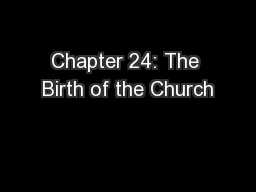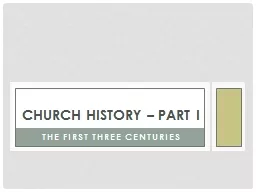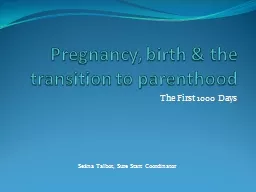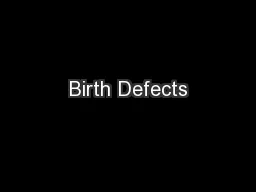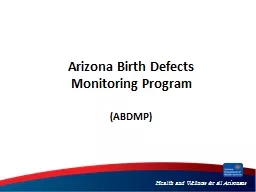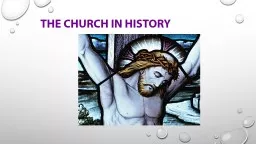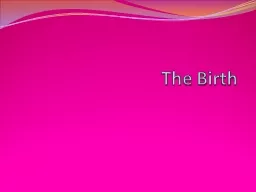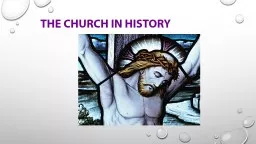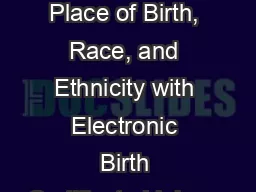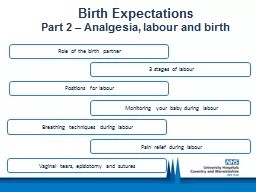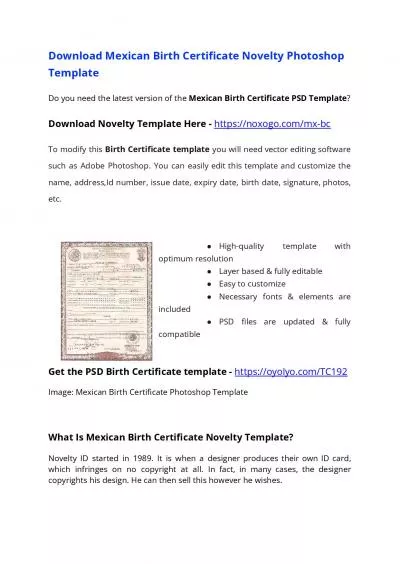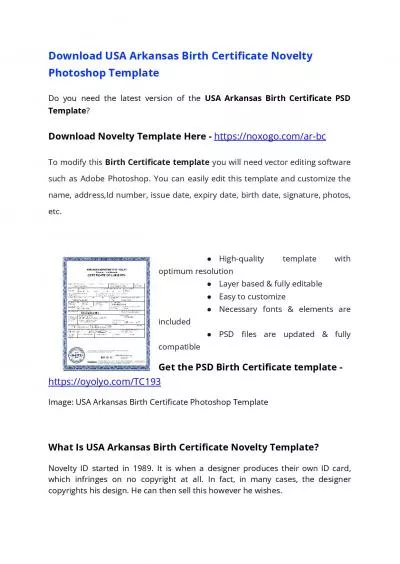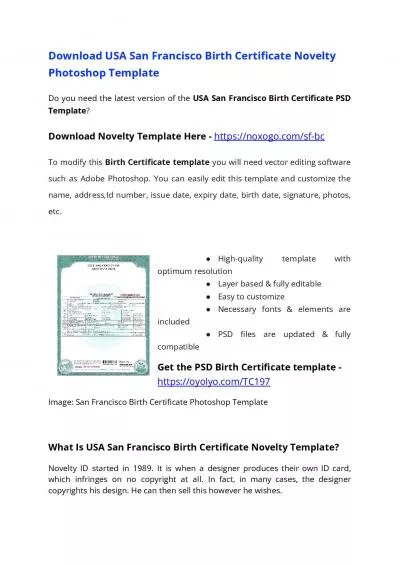PPT-Chapter 24: The Birth of the Church
Author : min-jolicoeur | Published Date : 2018-09-19
UNDERSTANDING THE SCRIPTURES ANTICIPATORY SET Read the first chapter of the Acts of the Apostles which narrates the Ascension of Christ and the election of
Presentation Embed Code
Download Presentation
Download Presentation The PPT/PDF document "Chapter 24: The Birth of the Church" is the property of its rightful owner. Permission is granted to download and print the materials on this website for personal, non-commercial use only, and to display it on your personal computer provided you do not modify the materials and that you retain all copyright notices contained in the materials. By downloading content from our website, you accept the terms of this agreement.
Chapter 24: The Birth of the Church: Transcript
Download Rules Of Document
"Chapter 24: The Birth of the Church"The content belongs to its owner. You may download and print it for personal use, without modification, and keep all copyright notices. By downloading, you agree to these terms.
Related Documents

